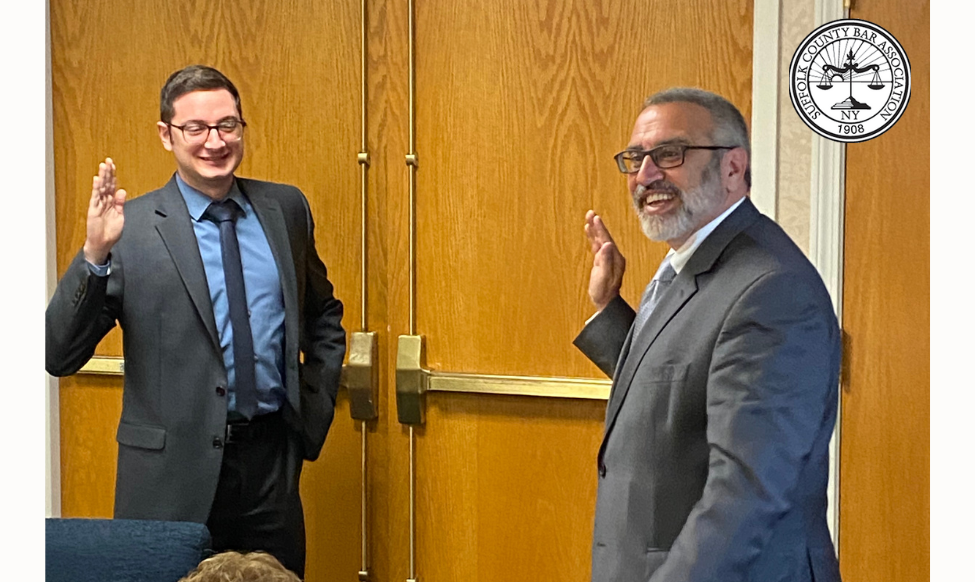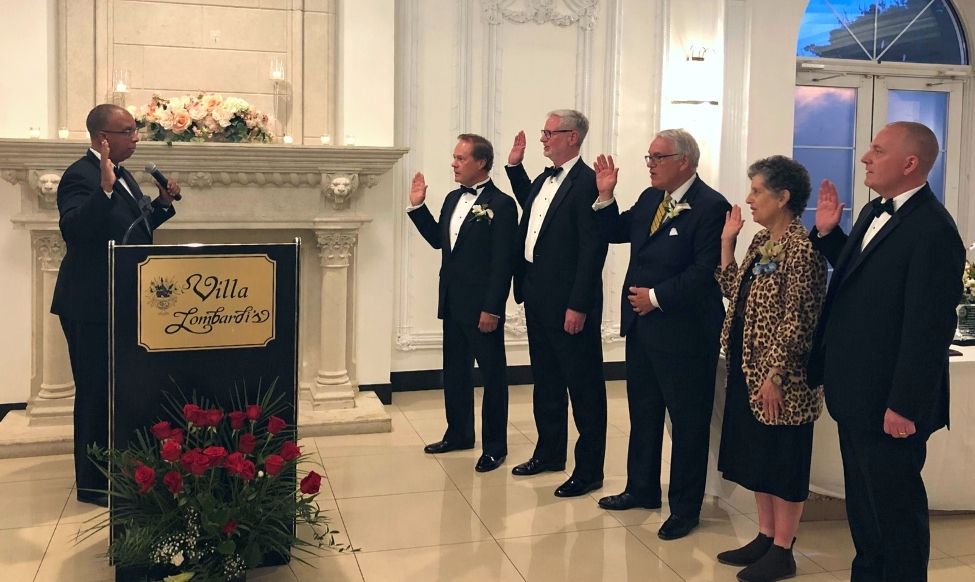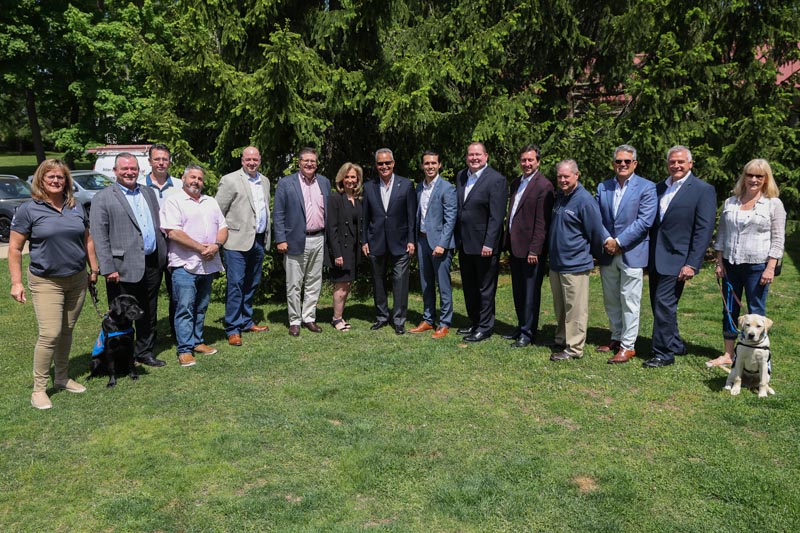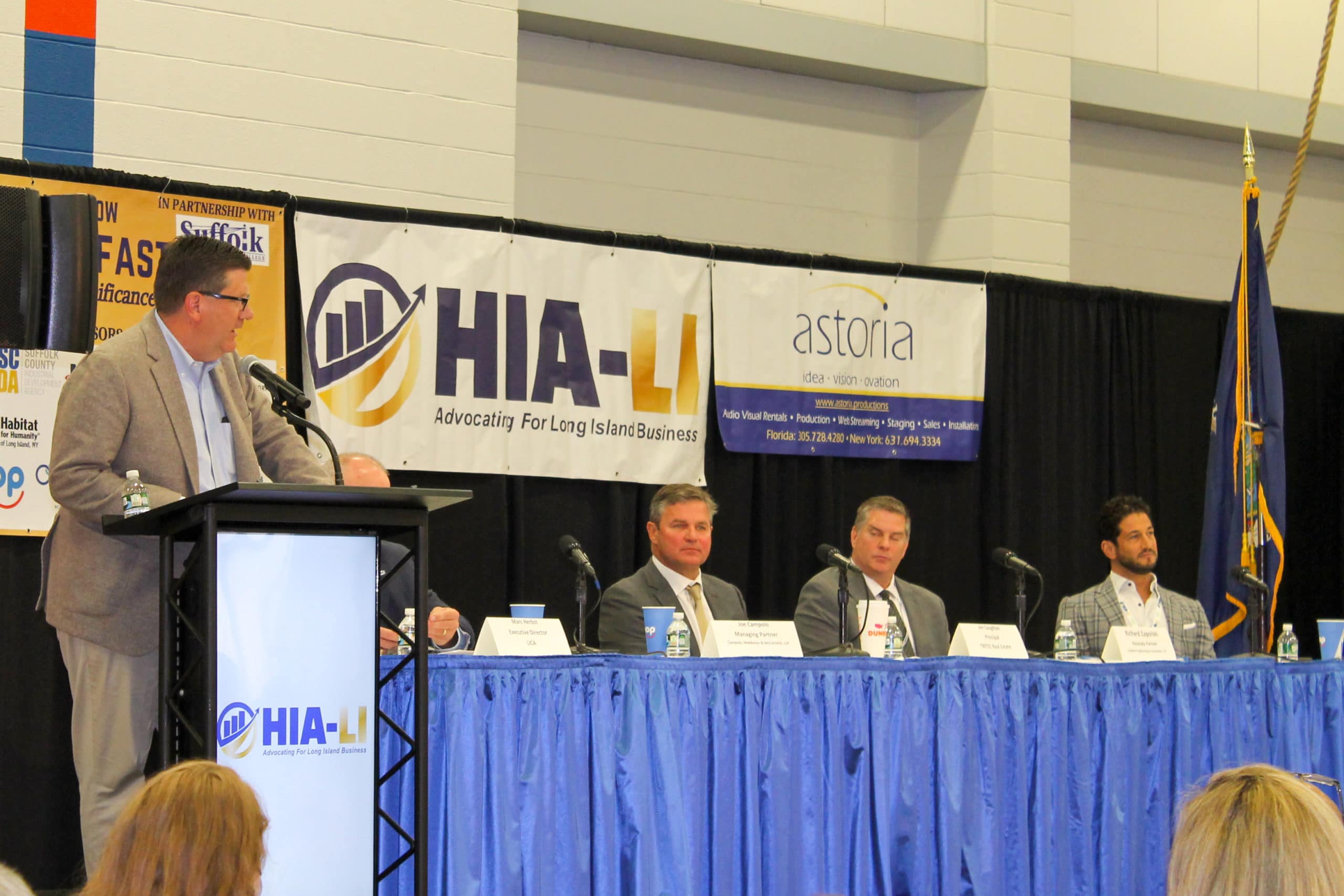Updated July 21, 2022, as published in Law360
https://www.law360.com/real-estate-authority/articles/1512083/negotiating-a-commercial-lease-agreement-during-inflation
Rising inflation is influencing virtually every aspect of life. For commercial landlords and tenants alike, it is more important than ever to focus on rent escalation provisions in your commercial lease agreement.
Instead of fixed and consistent increases in rent, some commercial leases provide for rent to increase in line with certain economic metrics: for example, the consumer price index. This is especially relevant as it relates to tenant renewal options. Where inflation is especially notable, as has been the case this year, rent increase formulas that rely on economic metrics to calculate an increase in rent may yield unexpectedly high rent for a commercial tenant, and may result in an unexpected windfall for a commercial landlord. Since the commercial real estate market relies on certain market equilibrium, unexpected or unanticipated increases in formulaic rent may have unintended disruptive market consequences. Focusing on these issues now will help minimize disputes and non-payment for commercial landlords and business risk for commercial tenants.
Negotiating Your Commercial Lease Agreement
For commercial landlords, protecting property interests and maintaining consistent profitability are two focal points when drafting and negotiating a commercial lease agreement. For commercial tenants, managing risk and expense (as well as minimizing future rent increases) is a vital part of negotiating a commercial lease agreement. Inflation and rent escalation clauses that are tied to economic metrics go hand in hand – when inflation rises, rents rise along with it. While inflation is not a new economic concept, rising inflation at exceedingly high percentages creates unanticipated results for all involved.
Clarity on rent and rent increase is an integral part of any lease. Most commonly, commercial leases provide for annual rent increases at a fixed rate. Sometimes, these increases are not annual, but every few years. Where things become more complex is when increases are tied to economic metrics. As we address the four common commercial lease rent structures, it is important to think about these in the context of periods of high inflation.
Most commercial leases use a combination of methods to provide for escalation various rental components.
Common Forms of Rent Escalation
- Fixed Increases (also known as Stepped or Percentage Increases) allow landlords to increase rent by a set amount at specific points in the duration of the lease agreement. This is one of the most commonly implemented for base rent and is a popular option because it is a relatively straightforward method. However, a landlord may feel cheated out of profits if costs have gone up and a tenant may feel like they lost out on potential savings if costs have gone down. This also does not account for the market environment that may be shifting throughout the lease term.
- Pass Through Escalation is a form of rent escalation that is initiated only when the landlord experiences an increase in costs that have been specified in the commercial lease agreement. This is most commonly implemented in scenarios where a commercial tenant is responsible for compensating landlord for building operating expenses.
- Direct Operating Cost Escalation is similar to the Pass-Through option, except here the escalation is based on the increases of all the operating costs such as utilities, security, and maintenance.
- Indexed/Variable Escalation (Consumer Price Index or another inflation index) – This option allows landlords to increase rent in proportion to increases in established economic indexes. This method is commonly used when to establish rent after an initial term to adjust and align rent with the economic environment, for example, when tenant exercises a right to renew. This option may not be favorable to tenants because index increases can be very unpredictable and dramatic. In addition, while it may align with national economic trends, it may not represent local real estate economic trends.
Understanding the various rent escalation options is critical for commercial landlords and tenants negotiating new leases.
For existing leases that have rent escalations tied to inflation risk, it is critical to understand how the current economic environment will impact future rent. A common issue is whether a commercial tenant should exercise a right it may have in the lease to renew. Often, tenant renewal options provide for rent to be calculated using market metrics. Conceptually, this generally works well where the economic environment is stable, and inflation is low. In such cases, the formulaic rent escalations adjust the rent to where the market suggests it should be and mostly everyone is satisfied. However, in situations where the economic market is unstable and inflation is especially high, the formulaic rent escalations could adjust the rent to extreme amounts not expected by landlords or tenants. For tenants, this could create an increase in rental expenses beyond what may been budgeted or sustainable by the business. For landlords, this could create scenarios where multiple tenants are unable to afford the drastically increased rent, leading to higher rate of default.
Since the goal for most commercial tenants is to pay a fair market rent, while the goal for most commercial landlords is to ensure steady rent payments, the parties may be aligned in the interest of fairness. To that end, before a commercial tenant exercises any option where its rent would be significantly above market considering current market indicators, the first step would be to communicate concerns to the landlord. A reasonable commercial landlord would often welcome reasonable dialogue to find common ground to address the unintended and unexpected impact of present economic conditions. Often, a negotiated extension, while delaying exercising a right to automatically renew may be an appropriate alternative to economic index impact. Since a commercial lease has many components there are many intangibles that can be negotiated to equalize what each party may be giving up. These could include improvements to the space, longer term, and other aspects of the lease agreement. A commercial tenant may also, or as an alternative, explore other market opportunities to identify similar properties at more reasonable rent, considering buildout and moving costs.
For commercial leases being negotiated, instead of agreeing to standard provisions that directly use economic metrics to determine future rent, landlords and tenants may explore other options to mitigate against unintended results. One option is to provide for limits, or caps, on increases affected by unstable indices. Another option is to identify and use localized real estate market metrics as the basis for increasing future rent instead of using national economic metrics. By focusing more on the regional real estate market trends, the resulting rent is more likely to be better aligned with the real estate market instead of national economic trends. For multi-tenant commercial buildings, a close look at existing rents and escalations can also be a determinative metric for determining what a fair rent escalation could be. Occasionally, real estate professionals with knowledge of the local real estate environment may be used to help the parties determine the best approach. Ultimately, evaluating all aspects of lease terms to find reasonable alternative methods for determining future rent increases.
Please contact us to discuss options.
Thank you to Ashley Cohen, Esq. for her contributions to this article.












